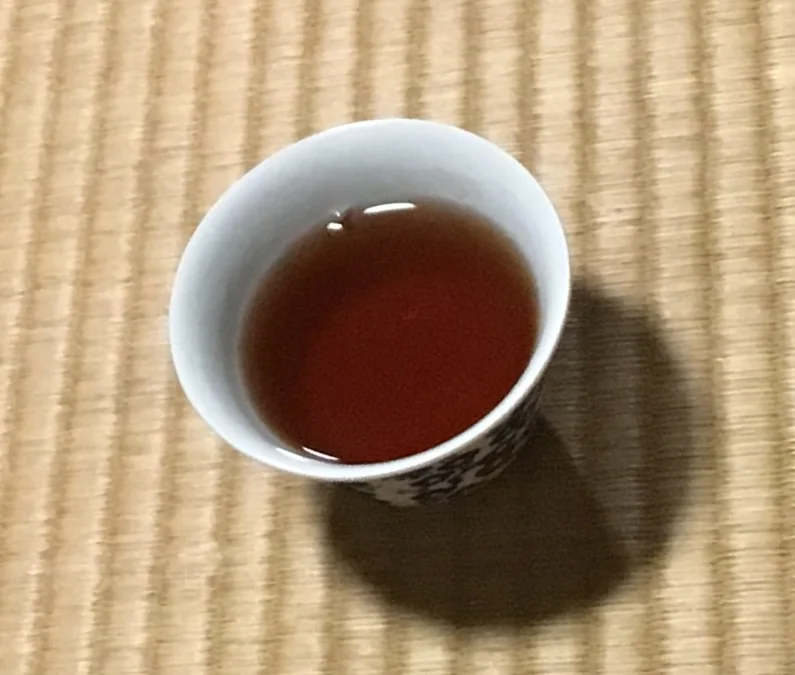In my short visit to Japan, I was privileged to be able to meet with three groups of facilitators: in Kyoto, Osaka and Tokyo. Huge thanks to everyone who helped make this possible! These were evenings of surprising connections, open-hearted curiosity, tolerance of misunderstanding, and delicious food.
The facilitators and others who gathered together spanned many fields: community development, software development and UX, consultancy in diversity and inclusion, cross-cultural consultancy, training in leadership and interpersonal skills, hard sustainability issues like tropical deforestation….
This blog post reflects on some observations and conversations about three (and a half) aspects of culture which may trip up an outsider coming to facilitate in Japan.
Silence
When I’m training facilitators, one of the most popular topics is ‘dealing with difficult behaviour’, and the second most popular ‘difficult’ behaviour is ‘silence’. (The first is ‘people who won’t stop talking’.)
In the UK, silence in a group setting is seen as a problem. We fear the ‘awkward silence’. I often justify leaving a silent gap by saying ‘I went to a Quaker school, I’m comfortable with silence’. But I only have to say that because we all know that silence is uncomfortable. It’s a shared cultural assumption.
In Japan, silence is not awkward. It is companionable. It is a sign that people are thinking. One woman I met talked about Japanese people living in Europe or North America for years, coming home and being ‘the noisy person’. Such people, she said, talk a lot. I wonder how their words are heard.
So expect silence. Welcome it. Don’t fill it with your ‘noise’.
Respect
There are many signs of respect that you can adopt easily and will be recognised. Bowing from the waist. Providing a small gift. Giving and receiving business cards with both hands and with focused attention.
There is a strong expectation that hierarchy will be recognised, acknowledged and respected. This is not so different from many organisational cultures in the UK, but it is more explicit and even codified.
Our role as facilitators may well still be to balance power in the group, and enable those with less power to have their say. But we need to do so without encouraging people to do things which are not ‘safe’. Perhaps we can use some of the techniques which provide safety through anonymity and semi-anonymity – talking in pairs and small groups, with views being input on post-its by a group spokesperson rather than by individuals, for example. Perhaps we can discuss it with the senior people ahead of time, and explain why we want to encourage more voices. I am keen to hear more from Japanese facilitators about this.
Slow Ritual
Linked to silence and respect, is the pace of openings and closings in meetings. My clients sometimes push back when I want to devote 15 or 20 minutes to introductions at the start of a meeting. It feels like an unnecessary luxury when we are all busy busy busy.
In Japan, I don’t think I would have any problem proposing lengthy introductions sessions. Giving everyone a chance to arrive, to claim their place in the group through telling people about their background and their hopes for the conversation, to meet each other as whole human beings – this seems natural and appropriate.
I was struck by a discussion of Tea Ceremony, between a philosopher and association professor of business ethics, and my daughter who has studied Tea Ceremony for one semester at university in Tokyo. In Tea Ceremony, there is great attention paid to the essential personhood of the guest by the Tea Master. Which kimono to wear. Which scroll to put on the wall. The perfect flower and vase. The right bowl to drink from. All are chosen to reflect the personality and preferences of the guest. This is because – even if you expect to meet the person again – you treat it as ‘Ichi-go ichi-e’. A once-in-a-lifetime encounter. Although many aspects of the ceremony are unchanging, it is also tailored. You show respect through the care given to that person and this encounter. (I was also reminded of Art of Hosting.)
You don’t rush it and it’s not formulaic.
Introductions and checking out at the end of the meeting need to be slow, personal, authentic and given enough time to be done properly.
Flip charts
And here’s the half. Apparently flip chart stands and flip chart paper are a rarity. Expect whiteboards, or post-it table easels as alternatives.
Making the Path by Walking
This post was first published in my Making the Path by Walking newsletter, March 2019. For practical tips on facilitation, organisational change and sustainability to your inbox each month, scroll down to the footer to subscribe.

